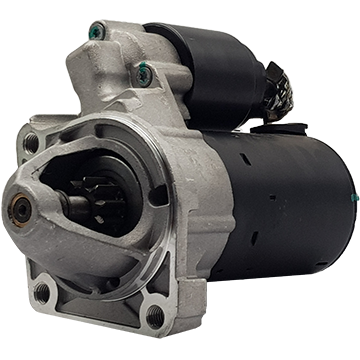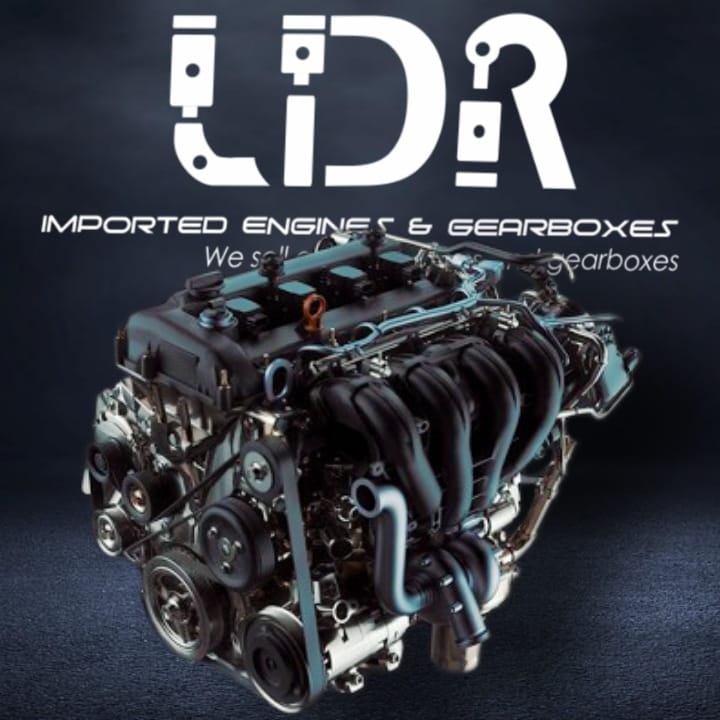The Role of a Quality Ford Fiesta Engine in Vehicle Performance
The Role of a Quality Ford Fiesta Engine in Vehicle Performance
Blog Article
The Future of Engines: Innovations Driving Lasting Power Solutions
As the automotive industry navigates the crucial transition towards sustainability, the future of engines is significantly specified by groundbreaking advancements. Electric engine advancements, along with encouraging advancements in hydrogen fuel cells and biofuels, are reshaping the landscape of power solutions. The development of crossbreed systems further complicates this advancement, providing both opportunities and challenges to minimize discharges efficiently. Paired with the assimilation of expert system in engine style, these technical strides raise important questions concerning their long-term viability and influence on typical standards. What might this indicate for the sector and customers alike?
Electric Engine Developments
The evolution of electric engine growths indicates a pivotal change in the aerospace and automobile industries, driven by the urgent requirement for lasting choices to fossil fuels. This shift is defined by substantial innovations in battery innovation, power electronic devices, and electrical motor layout, which collectively enhance the performance and performance of electric engines.
Current innovations have actually brought about the production of lighter, much more energy-dense batteries, such as lithium-silicon and solid-state batteries, which promise longer ranges and shorter billing times. Additionally, renovations in electric motor efficiency, such as making use of irreversible magnets and advanced cooling systems, enable electric engines to run successfully under differing conditions. These improvements not only improve vehicle efficiency yet additionally contribute to a decrease in general energy usage.
Moreover, the integration of innovative software program algorithms has optimized power administration in electrical cars, enabling regenerative braking and anticipating billing strategies. As producers increasingly accept electrical propulsion, the aerospace and auto markets are seeing a standard change towards greener technologies. This evolution not just fulfills regulative demands but additionally straightens with consumer choices for eco friendly transportation remedies, solidifying electrical engines as a keystone of future lasting flexibility.
Developments in Biofuels
As the aerospace and automotive sectors progressively prioritize lasting energy resources, improvements in biofuels arise as a corresponding option to electric engines. Biofuels, originated from organic materials such as plants, waste, and algae, offer a cutting-edge opportunity for reducing greenhouse gas emissions and reliance on nonrenewable fuel sources.
Recent study has actually concentrated on enhancing the performance and sustainability of biofuel production. Second-generation biofuels use non-food feedstocks, decreasing competition with food supply and decreasing ecological influence. Advancements in artificial biology have actually enabled the design of bacteria to produce biofuels much more efficiently, leading to higher returns and lower manufacturing prices.
Additionally, the advancement of drop-in biofuels enables for smooth integration into existing framework, allowing a smoother change for markets commonly dependent on nonrenewable fuel sources. ford fiesta engine. These gas can be made use of in current engines without alterations, facilitating their fostering across various fields
Investments in biofuel innovation, together with encouraging policies, are vital to drive development and scalability. As the global community looks for to battle environment modification, biofuels offer a practical, immediate solution that aligns with the overarching goal of sustainability in transport and aeronautics.
Hydrogen Gas Cell Innovation
An expanding number of researchers and companies are discovering hydrogen gas cell modern technology as a viable option to standard power resources in transportation and power systems. This innovation converts chemical energy from hydrogen into power via an electrochemical reaction, with water as the only byproduct, making it an eco friendly option.
The core of hydrogen gas cells is the fuel cell stack, where hydrogen molecules are divided right into protons and electrons. The flow of electrons generates electrical energy, while protons relocate with a membrane to combine with oxygen from the air, creating water. This process causes high performance and reduced emissions, positioning hydrogen gas cells as an important player in the shift to lasting energy.
Considerable advancements have actually been made in improving the resilience and efficiency of fuel cells, along with lowering prices via ingenious manufacturing strategies. In addition, the growth of hydrogen production methods, such as electrolysis powered by sustainable energy resources, enhances the sustainability of the total system. As facilities for hydrogen refueling expands and production techniques come to be a lot more effective, hydrogen fuel cell modern technology holds excellent pledge for decarbonizing different industries, consisting of durable transport and fixed power generation.
Hybrid Equipments and Their Impact
Hybrid systems stand for a considerable evolution in lasting engine innovation, combining typical inner combustion engines with electrical propulsion to optimize energy performance and decrease emissions (ford fiesta engine). This dual approach permits cars to utilize both power sources, making it possible for higher adaptability in power intake and reducing dependence on nonrenewable fuel sources

In addition to environmental advantages, crossbreed systems provide consumers a sensible transition towards fully electric vehicles. They ease array anxiousness by combining the benefit of fuel with the benefits of electrical propulsion, making them an attractive choice for a broader target market. As suppliers invest in hybrid innovation, the growth of advanced battery systems and light-weight products remains to enhance efficiency. Overall, crossbreed systems stand for a critical action towards attaining sustainable transport and attending to the immediate requirement for eco-friendly power remedies.
The Function of AI in Engine Layout
Leveraging innovative algorithms and artificial intelligence techniques, the auto market is increasingly incorporating artificial knowledge (AI) into engine style procedures. AI boosts the efficiency and efficiency of design by assessing large datasets to identify optimal setups and efficiency specifications. This ability enables engineers to replicate different operating conditions and forecast engine actions under multiple scenarios, considerably reducing the moment and expense associated with standard prototyping techniques.
Moreover, AI helps with the development of sophisticated materials and burning processes customized for sustainability. By enhancing fuel performance and decreasing emissions, AI-driven layouts line up with worldwide initiatives intended at reducing the carbon impact of auto engines. Artificial intelligence formulas can also forecast upkeep needs, resulting in enhanced integrity and long life of basics engine elements.
Moreover, AI contributes in the combination of electrification innovations, such as crossbreed systems, where it can optimize battery management and power recovery procedures. As the market moves towards even more sustainable power services, the function of AI in engine design becomes progressively essential, driving technology and improving the performance of future engines. Eventually, the cooperation in between AI and engine layout proclaims a brand-new period of smarter, cleaner, and extra reliable vehicle modern technologies.

Final Thought
Finally, the future of engines is being formed by a convergence of cutting-edge modern technologies that focus on sustainability. Electric engine developments, biofuel growths, hydrogen fuel cells, and crossbreed systems collectively contribute to a considerable decrease in exhausts and ecological influence. Additionally, the integration of man-made intelligence in engine layout enhances performance and efficiency. These transformative services underscore a commitment to creating a cleaner, much more sustainable auto landscape, ultimately benefiting both culture and the environment.
Electric engine innovations, along with encouraging advancements in hydrogen gas cells and biofuels, are reshaping the landscape of power remedies. Furthermore, renovations in electric motor efficiency, such as the use of permanent magnets and progressed cooling down systems, allow electrical engines click for info to operate efficiently under differing problems. By enhancing fuel effectiveness and minimizing exhausts, AI-driven designs straighten with global initiatives intended at decreasing the carbon footprint of automobile engines. As the market relocates in the direction of even more sustainable power remedies, the role of AI in engine layout becomes increasingly essential, driving advancement and enhancing the efficiency of future engines. Electric engine developments, biofuel developments, hydrogen fuel cells, and crossbreed systems jointly contribute to a significant decrease in exhausts and environmental impact.
Report this page